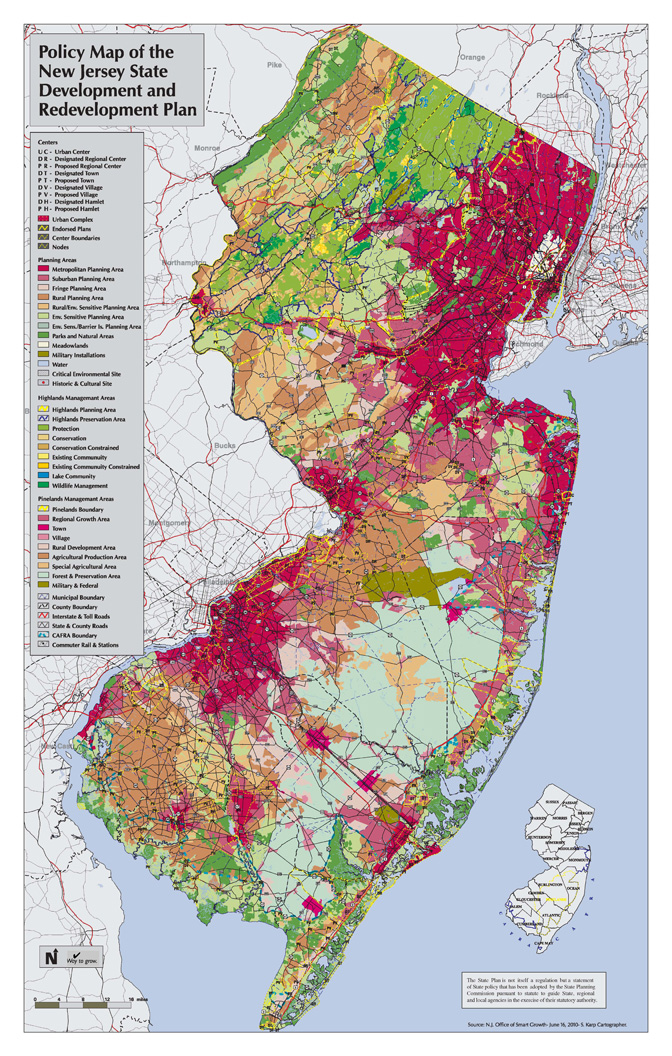New Jersey Future Blog
NJ’s Dirty Secret – Not Enough Housing Affordable To NJ’s Workers
December 8th, 2000 by Tim Evans
Spillover Sprawl
- The newest frontier of New Jersey suburbanization is actually in northeastern Pennsylvania.
- The population of Monroe County, Pa. grew by 34 percent in the past decade; Pike County, Pa. grew by a whopping 48 percent. New Jersey’s fastest growing county, Somerset, grew by a comparatively “meager” 20 percent.
- Both Pennsylvania counties are served by highways that provide access to employment centers in northern New Jersey, yet offer housing costs that are much lower than in Jersey. Similar reasons are spurring growth in southeastern Pennsylvania, particularly Bucks County, which sits just across the river from booming employment centers in central Jersey.
Forecasters at Rutgers University project New Jersey will get 908,000 new residents and 802,000 new jobs in the next 20 years. Considering that roughly half of the new residents will be workers (and the other half non-workers including retirees, students, youths, homemakers, etc.), it’s clear that New Jersey will get a lot more jobs than workers to fill them.
Where will these workers live? Most likely Pennsylvania, a fact acknowledged publicly by employers and developers seeking property close to New Jersey’s western borders, and current housing trends.
Why won’t these workers live in New Jersey? The dirty secret is that most can’t afford to. Independent experts estimate that nearly 1 million New Jersey families live in sub-standard housing, while the median sales price for a home in New Jersey is $192,000 in Middlesex, Somerset and Hunterdon counties, and $220,000 in Bergen and Passaic counties, per the National Home Builders website. This makes buying a median home in Hunterdon or Somerset more expensive than in Sacramento ($168,000) – and buying a median home in Bergen/Passaic more expensive than in Honolulu ($200,000).
New Jersey’s property tax and zoning policies also work against residential housing for New Jersey workers. New Jersey’s towns and townships are increasingly resistant to residential development of any kind, because homes generally cost more to serve than they pay in property taxes under today’s systems.
While New Jersey may “escape” the costs of housing its workers, it still pays the price in traffic on its roads. For further information, or an upcoming copy of New Jersey Future’s Smart Growth policy recommendations, contact New Jersey Future at njfuture njfuture
njfuture org (njfuture
org (njfuture njfuture
njfuture org) , or 609-393-0008.
org) , or 609-393-0008.
Facts Contact:
B. Tim Evans, NJF Research Director
timevans njfuture
njfuture org (timevans
org (timevans njfuture
njfuture org)
org)














